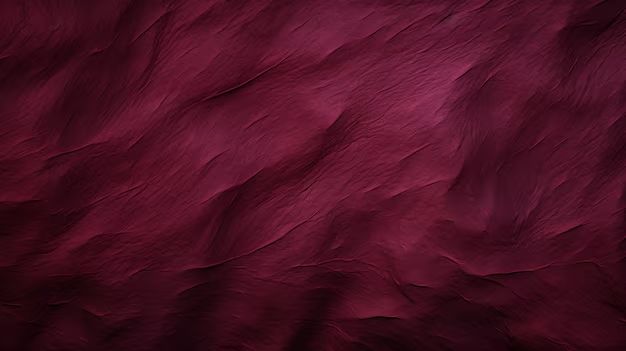Maroon and burgundy are both dark reddish purple colors that look similar but have some distinct differences. Understanding the nuances between these classic shades can help you better select the right one for your purposes. This article will compare maroon vs. burgundy across various factors like their origins, RGB values, uses, and more. Read on to become an expert in distinguishing these refined hues!
Definitions
Maroon is a dark brownish red color that has a hue code of HSL (336, 100%, 27%) and RGB (128, 0, 0). Burgundy is a reddish purple color that has a hue code of HSL (340, 59%, 34%) and RGB (128, 0, 32). Both are dark shades of red, but maroon has more brown undertones while burgundy has more purple.
Origins
The first recorded use of “maroon” as a color name in English was in 1789. It comes from the French word “marron” meaning chestnut, which refers to the reddish-brown color of chestnut shells.
Burgundy has been used to describe a color since the early 15th century. It takes its name from the Burgundy wine of the same color that comes from the Burgundy region of France. The French word “bourguignon” means “of Burgundy”.
So while both colors refer to dark reds and purples, maroon has more of a brown base while burgundy is named after the famous reddish wines.
RGB Values
In the RGB or red, green, blue color model:
– Maroon is RGB (128, 0, 0)
– Burgundy is RGB (128, 0, 32)
This means:
– Maroon has 100% red, no green or blue.
– Burgundy has 100% red, 0% green, and 25% blue.
The addition of some blue to burgundy is what gives it more of a subtle purple tone compared to the deep brownish red of maroon.
Uses
| Maroon | Burgundy |
|---|---|
| Associated with fall colors | Popular accent color in interior design |
| Used by universities like University of Chicago, MIT, Harvard | Color of burgundy wine |
| Used in uniforms like UPS delivery | Used in formal clothing like suits |
Some key differences in use:
– Maroon is associated with rich fall colors and is used in school uniforms.
– Burgundy is seen as an elegant, upscale accent color for interior design and clothing.
So maroon leans traditional and collegiate, while burgundy is more refined and sophisticated.
Similarities
Despite some differences, maroon and burgundy have a lot in common as well:
– They are both dark, reddish purple hues.
– They have the same amount of red and a deep, rich appearance.
– They are popular shades for autumnal color palettes.
– They can complement similar colors like beige, cream, gold, and forest green.
So while they have distinct uses and origins, their shared dark red base means they work well together in some settings.
Color Wheel Positions
On the traditional RYB color wheel, both maroon and burgundy are considered tertiary colors.

Tertiary colors are created by combining a primary and secondary color. Specifically:
– Maroon is made by mixing red (primary) and brown (secondary)
– Burgundy is made by mixing red (primary) and purple (secondary)
This mixing is what creates maroon’s brownish red appearance compared to burgundy’s more purple-red tone.
Psychology
Both maroon and burgundy are associated with similar psychological and emotional responses:
– Elegance, luxury
– Introspection, seriousness
– Antiquity, tradition
– Ambition, prestige
However, some notable differences:
– Maroon leans masculine while burgundy is more feminine
– Maroon evokes steadfastness while burgundy implies refinement
So in terms of mood, both convey formality and classic style, but maroon is sturdier while burgundy is more delicate.
Conclusion
While similar in their rich, deep reddish hues, maroon and burgundy have distinct origins, uses, and subtle visual differences. Understanding these nuances allows you to choose the best shade for your specific needs. Maroon has brown undertones, a traditional collegiate feel, and a masculine steadiness. Burgundy contains hints of purple, is associated with formal elegance, and conveys feminine refinement. Next time you’re debating between these two refined options, consult this guide on the distinguishing factors between maroons vs. burgundies!


